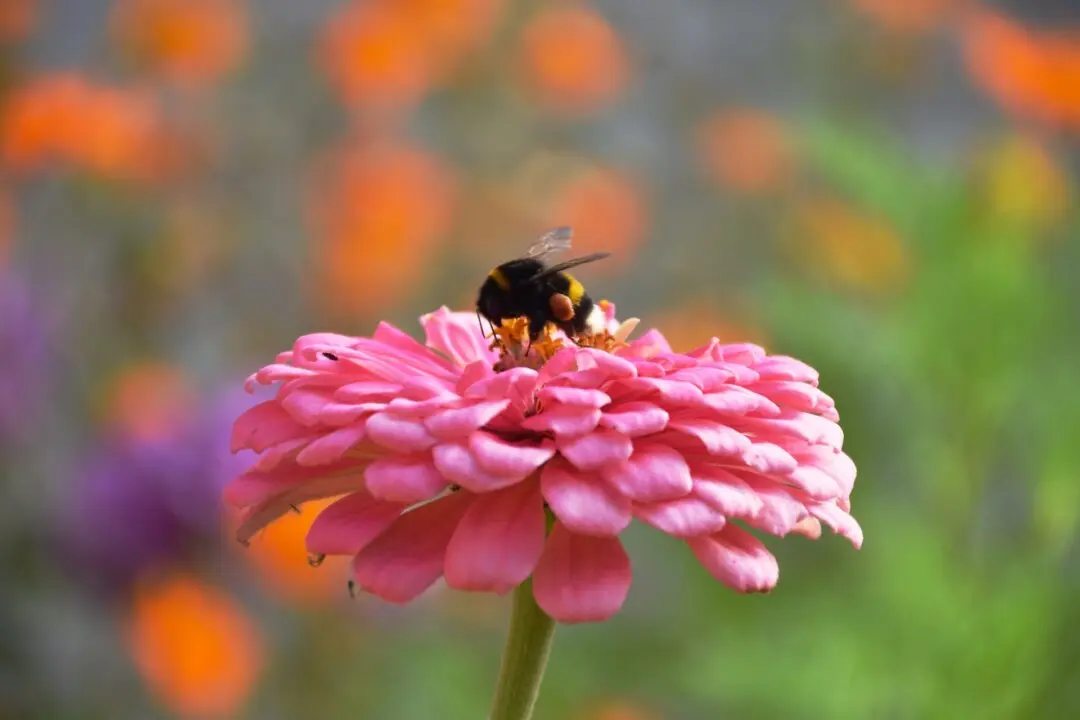Q: We planted some small trees last year and this spring. We tied stakes to them to hold them up. We tried untying some of last year’s trees, and they seemed to be wiggly, so we tied them back up. How long should trees be staked after planting?
A: You didn’t say how tight the tree was tied, but I am assuming that the tree was tied too tightly. The ninth video in the “Trees and Shrubs” playlist on the Greener View YouTube channel will answer all your questions.





